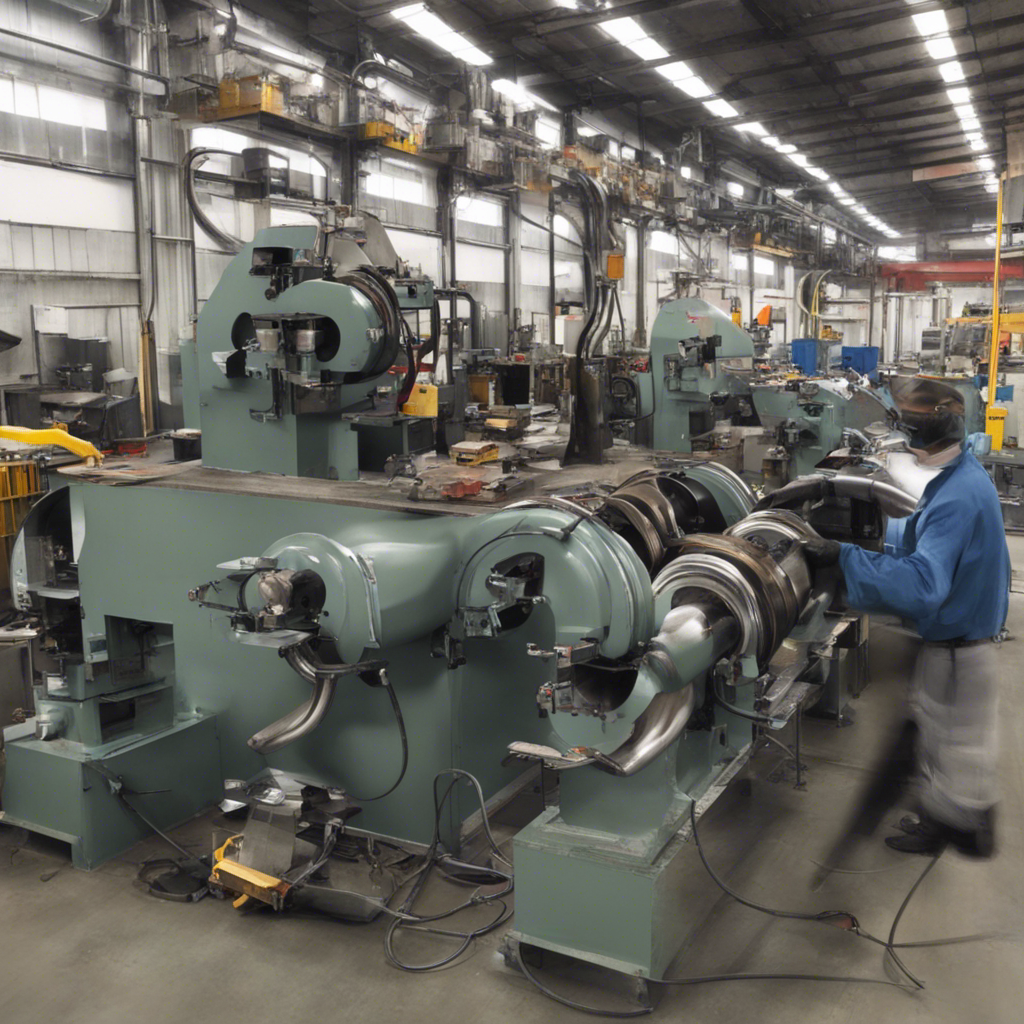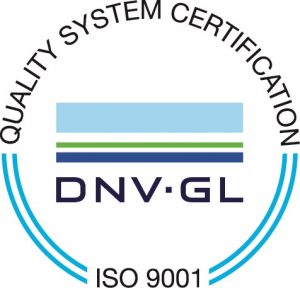Custom tube bending plays a crucial role in various industries, shaping tubes precisely for specific applications. From the basics to applications, advantages, real-world examples, and key considerations, this blog will delve into the essentials of custom tube bending.
I. Unpacking The Concept
A. Understanding the basics
Tube bending is vital in industries, manipulating tubes without compromising strength. Methods like mandrel bending and heat induction ensure materials are shaped accurately.
B. What is custom tube bending?
Tailoring tube shapes precisely, offering design freedom. Modern technology, including CNC machines, enhances precision.
C. Technology behind the process
Modern technology, like CNC machines and lasers, ensures accurate and efficient outcome.
II. Range of Applications: Where is Custom Tube Bending Used?
A. Industrial applications
This is used in various industries, crafting parts like exhaust systems.
B. Construction projects
Essential in construction, it shapes architectural features effectively.
C. Art and design
In art and design, this process brings creativity to life.
III. The Advantages of Custom Tube Bending
A. Efficiency and time-saving benefits
It eliminates the need for additional welding, saving time and resources.
B. Cost implications
Reducing the need for extra pieces and minimizing errors, it lowers material and labour costs.
C. Enhancing project aesthetics and precision
This process enhances aesthetic appeal and precision by allowing tubes to be bent into virtually any shape.
IV. Case Studies: Real-world Examples
A. Aerospace manufacturing
Plays a critical role in creating precise aerospace components.
B. Creating bespoke furniture
In furniture design, shapes unique and stylish pieces.
C. Automotive industry
Auto manufacturers use custom it for designing exhaust systems and cooling pipes.
V. Key Considerations: Choosing the Right Custom Tube Bending Solution
A. Factors to consider
When selecting a service, consider factors like industry expertise, technological capabilities, turnaround time, and cost.
B. Common mistakes to avoid
Avoid compromising on quality for cost and ensure chosen technology aligns with project precision requirements.
C. Best practices
Involve the custom tube bender during the design stage to ensure accurate specifications.
VI. Wrapping up: Summary and Key Takeaways
A. Brief recap
Custom tube bending offers benefits for various industries, providing precision and cost-efficiency for projects requiring intricate shapes.
B. The Future
With technological advancements, custom tube bending’s future is promising, driven by evolving industry demands.
C. Making the right choice
Decide based on project requirements, design intricacy, cost considerations, and quality assurance.
VII. Frequently Asked Questions
A. Materials in custom tube bending
It accommodates materials like carbon steel, stainless steel, aluminium, brass, copper, and titanium.
B. Size or shape limit
While it produces a variety of shapes and sizes, specific limitations depend on factors like material, thickness, and bending technology.
C. Waste reduction
This reduces waste by minimizing additional connections and excess material production, contributing to sustainability.
Whether you need something that sets you apart or something that integrates seamlessly into existing systems, Ogis Engineering can make it happen. Contact the team today to discuss your next project.



